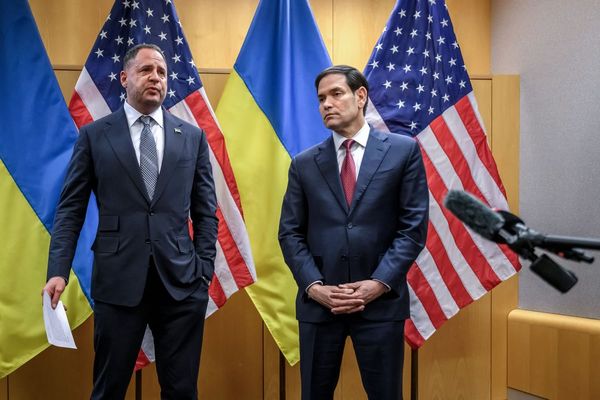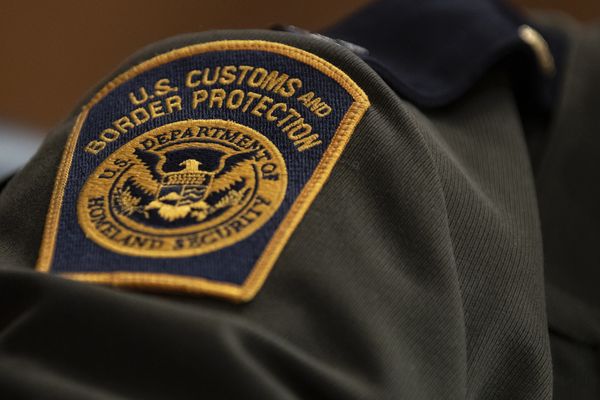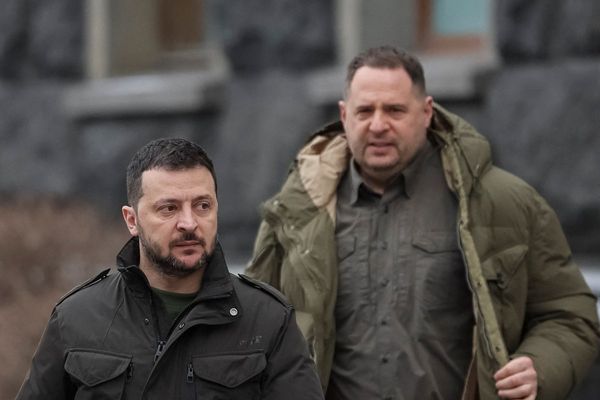#1 Vincent Van Gogh, 1873

Image credits: Van Gogh Museum
#2 Harriet Tubman, C. 1868

Image credits: Benjamin F. Powelson
#3 Mark Twain, 1908

Image credits: The Art Stack
1826 was the year when the first photograph was taken, which means that we haven’t had that much time to capture people in photos, which also means that many historical figures went without ever being photographed. Of course, there were other ways their appearance was recorded, but they aren’t very reliable.
For example, the Chandos portrait that is thought to depict William Shakespeare and from which we form our view of the playwright might not be an accurate representation of him at all. To this day, experts can’t definitively say that it’s the playwright who is depicted in the painting. In addition, over the centuries, the portrait has gone through retouching, which has altered the portrait’s true appearance. Experts claim that the subject’s beard and hair have been lengthened, and the varnish has discolored with age.
#4 Tesla Sitting In Front Of A Spiral Coil Used In His Wireless Power Experiments At His East Houston St. Laboratory, 1896

Image credits: Electrical Review
#5 Churchill In 1900 Around The Time Of His First Election To Parliament

Image credits: Imperial War Museums
#6 Pablo Picasso, 1904

Image credits: Ricard Canals
Many historical figures’ appearances are misrepresented in this way due to artistic conventions, myths, or incorrect interpretations. A few other examples of this include Cleopatra, Mary, Queen of Scots, and Julius Caesar. However, thanks to technological improvements, scientists are trying to debunk the misconceptions about how ancient figures looked.
#7 Grand Duchess Anastasia Nikolaevna, 1914

Image credits: George Grantham Bain Collection, Library of Congress
#8 Charles Darwin, 1869

Image credits: Julia Margaret Cameron
#9 Wright Brothers, 1909

Image credits: Smithsonian's National Air and Space Museum
They are able to do this by using forensic facial reconstruction, which is a process used to recreate an individual's appearance from their skeletal remains, primarily the skull, to help visualize historical figures. Techniques used for this include clay reconstruction, when a forensic artist is working with clay to recreate a face, and CT scans, which can create 3D digital facial models on a computer screen.
#10 Ernest Hemingway At His Typewriter, Circa 1939

Image credits: Lloyd Arnold
#11 Hannah Stilley Gorby, Possibly The Earliest-Born Person To Be Photographed, Born Around 1746

Image credits: Wikimedia Commons
#12 Rasputin And His Admirers, 1914

Image credits: Karl Bulla
But before rendering how the person looked, researchers have to gather as much information about the person they’re reconstructing as possible. They need to understand who they were, where and how they lived, what they ate, and what health they were in. Archaeological and DNA analyses can help reveal details like eye and hair color and even their favorite foods or the climate they inhabited.
#13 Wedding Photo Of Pierre And Marie Curie, 1895

Image credits: Wikimedia Commons
#14 Queen Victoria, 1887

Image credits: National Portrait Gallery
#15 President Abraham Lincoln, C. 1846

Image credits: Library of Congress
An individual’s age, gender, ethnicity, and weight all give information about their features. Skulls also often possess subtle markings that indicate where muscles were once connected to the bone. “Sometimes it’s very easy to see exactly where the muscle was placed, because it leaves stress marks or ridges on the skull,” said the sculptor and forensic artist Oscar D. Nilsson. All this data helps the reconstructionist decide what features go where, resulting in a realistic face model.
#16 Geronimo, Or Goyahkla, 1887

Image credits: Ben Wittick
#17 Daimyo Shimazu Nariakira, Subject Of The Earliest Surviving Japanese Photograph, 1857

Image credits: Ichiki Shirō
#18 Portrait Of Karl Marx, 1818–1883

Image credits: International Institute of Social History
However, such reconstructions also spark debates, as there’s no way to know whether the depictions are accurate since reconstructionists use their knowledge and judgment to shape the faces. Nilsson also mentioned that he adds his own touches to his reconstructions, like wrinkles or sunspots to the face of someone who died old, or includes signs of diseases discovered during the DNA research, which might not always be close to the truth.
#19 Photographic Portrait Of Sigmund Freud, Circa 1921

Image credits: Max Halberstadt
#20 Harriet Beecher Stowe, C. 1852

Image credits: Bowdoin College Museum of Art
#21 Annie Oakley, C. 1903

Image credits: Heritage Auction Gallery
Nowadays, people also make use of AI to visualize how historical figures might have looked. For instance, in 2022, a digital artist gained popularity for using AI technology to recreate the faces of Roman emperors from their busts. There’s even a Hello History AI tool that allows people to chat with anyone from the past and have lifelike conversations with historical figures.
#22 Roosevelt After Leaving Office In October 1910

Image credits: American Press Association
#23 Frederick Douglass, C. 1847-1852

Image credits: Art Institute of Chicago
#24 Robert Cornelius, The First Person To Photograph Themself, 1839

Image credits: Library of Congress
However, photography still remains the most accurate way that allows us to see historical figures, which we should never take for granted. For more interesting historical photos, make sure to check out this post on more historical figures or this one on rare historical images.
#25 M. Lefebre, One Of The Last Surviving Veterans Of Napoleon's Army, 1858

Image credits: Brown University
#26 Leo Tolstoy, 1848

Image credits: Pavel Biryukov
#27 Sylvia Plath, 1950s

Image credits: Giovanni Giovannetti/Grazia Neri
#28 Portrait Of Charles Dickens, Between 1867 And 1868

Image credits: J. Gurney/Heritage Auction Gallery
#29 Ulysses S. Grant, C. 1870s

Image credits: Brady-Handy Photograph Collection, Library of Congress
#30 John Herschel, 1867

Image credits: Julia Margaret Cameron/Adam Cuerden
#31 Butch Cassidy, C. 1900

Image credits: CDA, Greenmountainboy
#32 Helen Keller And Anne Sullivan, C. 1913

Image credits: Library of Congress
#33 Emily Dickinson, C. 1847

Image credits: Amherst College
#34 John Chapman, Aka Johnny Appleseed, C. 1840s

Image credits: David R. Johnson
#35 Wyatt Earp, C. 1868

Image credits: Wikimedia Commons
#36 Portrait Photograph Of Jack London, 1876-1916

Image credits: Arnold Genthe
#37 Martin Van Buren, C. 1849

Image credits: Beinecke Rare Book & Manuscript Library, Yale University
#38 Calamity Jane, 1901

Image credits: Louis R. Freeman
#39 William F. Cody ("Buffalo Bill"), 1911

Image credits: Library of Congress
#40 Isambard Kingdom Brunel, 1857

Image credits: Robert Howlett
#41 Peter Freuchen With Wife Dagmar Cohn, 1950s

Image credits: SAS Scandinavian Airlines
#42 Lewis Carroll, 1857

Image credits: National Portrait Gallery London
#43 A French Veteran Of The Battle Of Waterloo, 1897

Image credits: Emile Lenoble
#44 John Quincy Adams, 1843

Image credits: Philip Haas
#45 Daniel F. Bakeman, The Last Surviving Soldier Of The Revolutionary War, 1868

Image credits: Wikimedia Commons
#46 President Franklin Pierce, C. 1851-1860

Image credits: Library of Congress
#47 President James K. Polk, 1849

Image credits: Brady, Mathew B.
#48 John Brown, C. 1846-1847

Image credits: National Portrait Gallery, Smithsonian Institution
#49 Robert E. Lee And His Son William Henry Fitzhugh Lee, C. 1845

Image credits: Michael Miley
#50 The Duke Of Wellington, 1844

Image credits: Antoine Claudet
#51 Billy The Kid, 1878

Image credits: Wikimedia Commons
#52 George Armstrong Custer At West Point, 1859

Image credits: The Detroit News
#53 Confederate President Jefferson Davis, C. 1861

Image credits: Mathew Benjamin Brady
#54 President John Tyler, C. 1845

Image credits: Library of Congress
#55 Wild Bill Hickok, C. 1860s

Image credits: Heritage Auctions
#56 Samuel Wilson, Before 1854

Image credits: Wikimedia Commons
#57 Benito Mussolini, 1920s

Image credits: Wikimedia Commons







